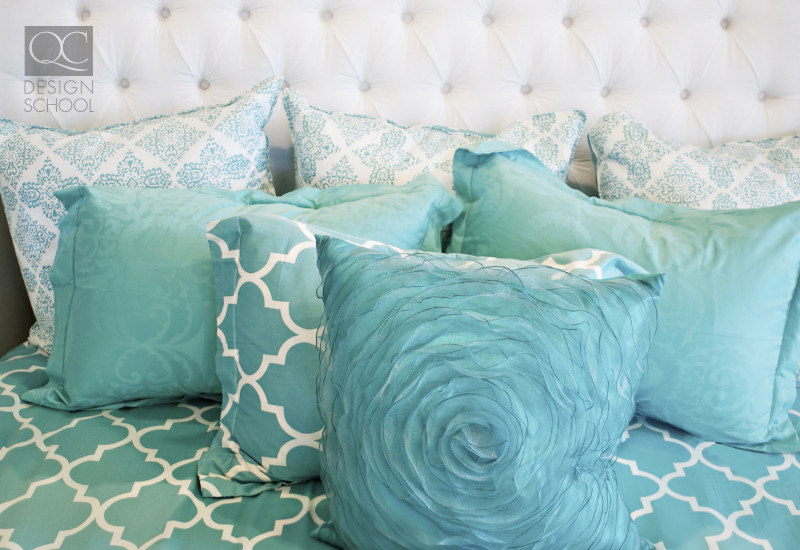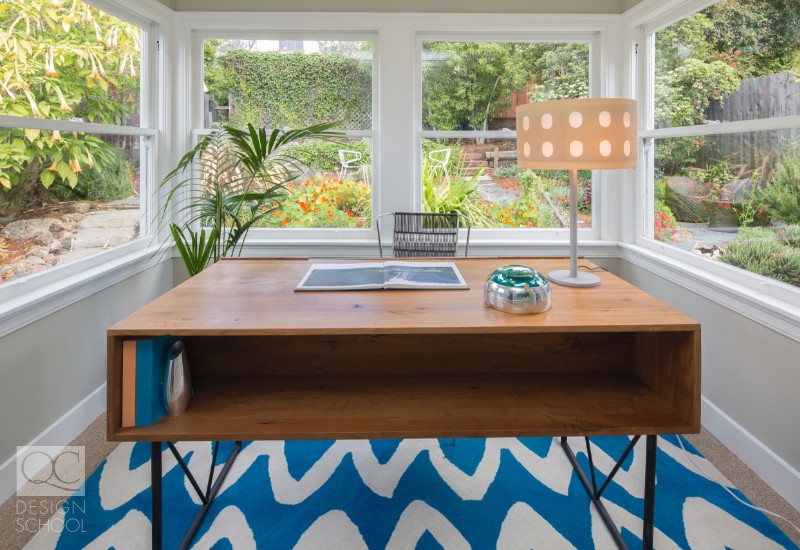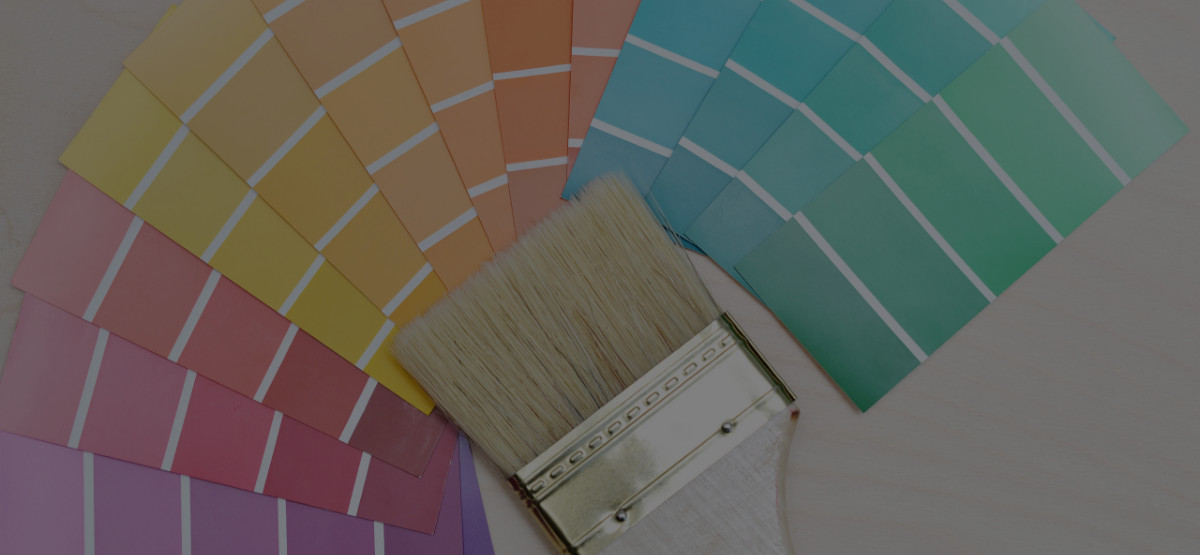Have you ever noticed that the insides of airplanes aren’t bright red and most dinner plates at restaurants are white? This is no accident! Color has a strong impact on human emotions and behavior. It’s extremely important to consider in the design of anything – especially in homes where people spend an enormous portion of their lives. If you haven’t taken a color consultant course to complement your design skills, you should strongly consider it.
Let’s take a look at how color consulting can impact your life!

Color Psychology
Color psychology is all about understanding how and why colors influence behavior. Some of these things are obvious, like the inside of planes being calming shades of blue. And some of these things are very subtle, like white plates causing people to eat more (try bringing a red plate to your next buffet and see how much you eat!).
Without proper training, designing spaces and painting rooms is a purely aesthetic choice. This means that you won’t actually know the psychological effects of your décor until it’s too late. You might paint a child’s bedroom red because it’s their favorite color. Then your client suddenly realizes they’re having trouble getting their child to sleep at night… that’s because red is a stimulating color! It should probably be kept out of excitable children’s bedrooms! The homeowner might come to this conclusion and ask you to repaint the space. Or they might not understand what is happening and live in frustration. Neither option is ideal… and color mistakes can be really expensive to correct.
Client Subtleties
Some elements of color psychology are engrained in all humans but others are learned. So, each client should have their own unique needs and wants thoroughly explored. Blue is considered a calming, passive color. On the other hand, if your client got into a car accident with a powder blue car, it might cause them to feel fear or another negative emotion. This is not to say that you need to know every single detail of a person’s life to design their space! But, you should certainly try to gain an intimate knowledge of who they are. Also, test different colors with them to see if they have any specific issues with certain shades or hues.
Professionals will also know how people of different ages, languages, and ethnic backgrounds will have different responses to certain colors. A baby-boomer might cringe at the sight of Dusty Rose pink, while a millennial might think it’s a new and interesting color.
Rooms, like people, will also have individual subtle differences. Lighting and undertones can greatly affect color schemes. A trained color consultant will understand how to work with furniture, flooring, painting, and décor to bring their color palette to life in the most effective way. Different paint and surface finishes can also change the feeling in a room. Including ceiling, trim, and wallpaper. They can make a color come off even softer or sharper.

Different Spaces
As previously mentioned, color consulting is not a one-size-fits-all solution. It also isn’t a one-size-fits-all application! There are multiple aspects of life where color consultants can be particularly useful. Here are just a few!
Work
Office spaces can use color as a way of motivating and inspiring employees. They can also use colors to encourage calmer experiences in stressful locations, make rooms seem more or less comfortable to be chatty in, and so on! People spend so much of their times at their jobs that corporate spaces should not be neglected when it comes to interior decorating.
This can also be used in the reverse fashion. Storefronts and other more public-facing locations can use color to stimulate clients to act in certain ways. For example, getting people to purchase more at restaurants or other retail locations, or influencing specific demographics to come into their place of business. Color is a vital element of marketing and branding! A consultant could greatly influence your professional life.
Outdoors
Color doesn’t only live inside of houses! The exterior of a house can have a significant impact on people’s lives. If they come home and the outside of their house causes them to feel comfortable and relaxed, they might have a much more positive experience once they enter the home. Walking into the house frustrated or irritated will not only have your client in a bad mood, but it can rub off on other family members as well. Working on the appearance of a house from the driveway can set the tone for the rest of your client’s evening.
Obviously, there are permanent features, such as brick or siding, outside of a home that needs to be incorporated into a design in order to bring a color palette to life. Painting the garage doors a beautiful color that looks horrible with the bricks isn’t going to have the right impact. Having a color consultant will help you avoid these color-disasters! They can aid in the exterior design of a home – from the roof to the landscaping, and everything in between!

Home Staging
Becoming a certified home stager has its own unique set of skills, but color consultation will perfectly compliment your certification! Selling a home can be tricky because of the current homeowner’s taste. The homeowner’s style might prevent the potential buyers from seeing themselves living there, or it might make them think that too much work is involved in purchasing a particular home. For example, if they think they’re going to have to repaint every room in the house they might write off that location.
Color consultants use their understanding of various demographics to bring in an appropriate color palette that will appeal to the right people. This will help to sell homes faster and for a higher price. A home stager should have an understanding of basic color theory, but they won’t have the same depth and breadth of knowledge as a professional color consultant.
A group of people can all look at a room and say that it’s a gorgeous design, but that doesn’t mean that they necessarily want it in their home. Color consulting can drastically affect people and isn’t as quick and easy as copying another room from a magazine. So next time you’re thinking about staging a home or redoing a kitchen, consider getting a certified opinion to have the best result.


